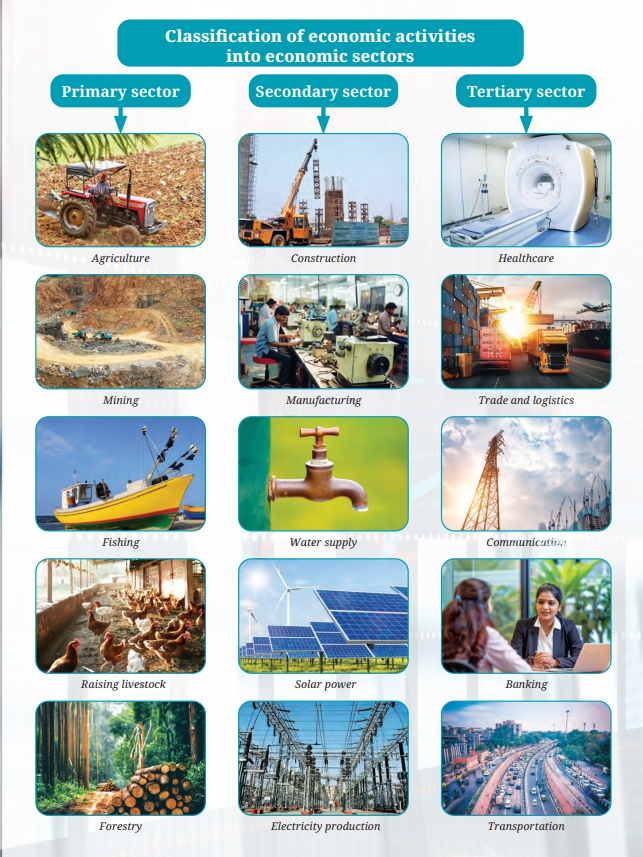Social Science Chapter 14 Economic Activities Around Us Class 6 Notes PDF - Download for FREE
FAQs on Economic Activities Around Us Class 6 Notes: CBSE Social Science Chapter 14
1. What is covered in the revision notes for Class 6 Social Science Chapter 14?
The revision notes cover different types of economic activities, such as farming, trading, and manufacturing, and explain their impact on daily life.
2. How can the revision notes help in understanding Class 6 Social Science Chapter 14?
From Chapter 14, the revision notes simplify key concepts, making it easier to grasp the roles of various economic activities and their importance in the community.
3. Are there any specific topics highlighted in the Class 6 Social Science Chapter 14 notes?
The notes highlight topics such as different occupations, production processes, trade, and the interdependence of economic activities.
4. How should I use the revision notes for Class 6 Social Science Chapter 14 effectively?
For Chapter 14, review the notes regularly, use them to summarise key points, and relate examples to real-life economic activities to enhance understanding.
5. What are the key economic activities discussed in the notes for Class 6 Social Science Chapter 14?
The notes discuss key economic activities including farming, manufacturing, trade, and services.
6. How can the revision notes for Chapter 14 help with exam preparation?
The revision notes provide a concise summary of important concepts, making it easier to review and remember the material for exams.
7. Are there any diagrams or charts included in the Class 6 Social Science Chapter 14 notes?
The notes often include diagrams and charts to help visualise the different types of economic activities and their connections.
8. How detailed are the revision notes for Class 6 Social Science Chapter 14?
The notes are detailed enough to cover all major topics but are simplified to make studying and understanding easier.
9. Can the notes for Class 6 Social Science Chapter 14 be used for group study?
The notes are great for group study as they provide clear summaries and key points that can be discussed and reviewed together.
10. How often should I review the notes for Chapter 14 to stay prepared?
It’s helpful to review the notes regularly, ideally after each lesson or weekly, to reinforce your understanding and retention.
11. What should I focus on when using the notes for Class 6 Social Science Chapter 14?
From Chapter 14, focus on understanding the roles of different economic activities and their impact on daily life, as these are key concepts in the chapter.
12. How can I test my understanding of the Class 6 Social Science Chapter 14?
You can test your understanding by answering practice questions, summarising each topic, and discussing the concepts with others.
























